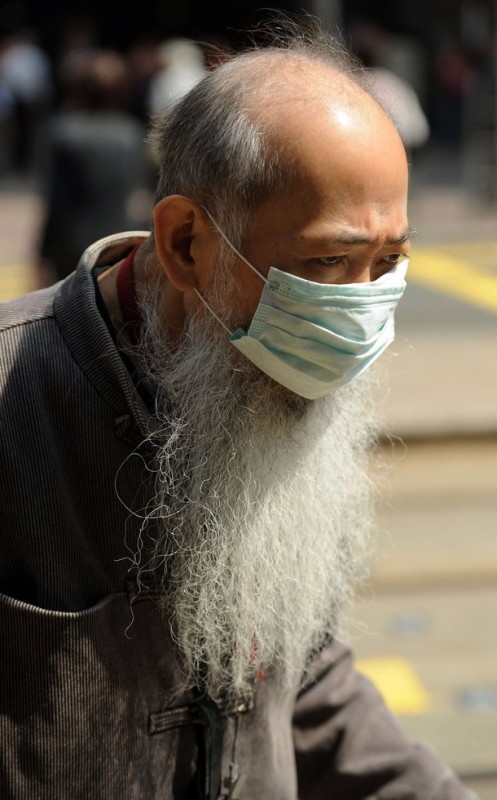Old Folks’ Swine Flu Immunity
 Via Jason Kottke, I see the first plausible explanation for the otherwise odd fact that seniors, who are typically among the most susceptible to death from flu, are strangely immune to the “swine flu” epidemic.
Via Jason Kottke, I see the first plausible explanation for the otherwise odd fact that seniors, who are typically among the most susceptible to death from flu, are strangely immune to the “swine flu” epidemic.
Confirming the first impressions of many American and Mexican doctors, federal health officials said on Wednesday that people born before 1957 appear to have some immunity to the swine flu virus now circulating. Tests on blood serum from older people showed that they had antibodies that attacked the new virus, Dr. Daniel Jernigan, chief flu epidemiologist at the Centers for Disease Control and Prevention, said in a telephone news conference.
[…]
The protection theory, Dr. Jernigan explained, is that from 1918 to 1957, all circulating seasonal type-A flus were weakened descendants of the 1918 Spanish flu, which was an H1N1, as the current swine is. (All flus are named for the shapes of hemagglutinin and neuraminidase displayed on the virus’s shell. Hemagglutinin is sometimes called the “spike”: the virus uses to enter a cell, while neuraminidase is the “helicopter blade” that chops off receptors, allowing newly made virus to escape.)
Then in 1957, an H2N2, the Asian flu, emerged and displaced it. It was replaced in 1968 by the H3N2, called Hong Kong flu, which has persisted as a seasonal strain. A different and milder H1N1 emerged in 1977. It was isolated in China but is called the Russian flu because of a suspicion it escaped from a Soviet laboratory. That H1N1, the 1968 H3N2 and a B strain have all circulated in humans ever since, and the seasonal flu shot is aimed at them.
Fascinating.
Photo: Getty Images






Old folks?!
Damn punk kids these days, don’t respect their elders. *grumble* *grumble*
GIT OFFA MY LAWN!
Can I gain immunity with a blood transfusion from an old person?
And when did being born in 1956 become old? Is 53 the new 83?
Heh. Well, most of those born before 1956 and still living are over 65, no?
Besides, the counterintuitive and thus interesting thing is the immunity of seniors, not the fate of middle-agers.
That’s an interesting question and I don’t know the answer to it. Rephrasing it is the number of people born between 1944 and 1956 greater than the number of people born prior to 1944?
Let’s look at the U. S. only. Judging by this, I’d say no. According to the table the number of whites in the U. S. born between 1944 and 1956 and still living is about 60 million while the number of whites in the U. S. still living born before 1944 is less than 25 million.
BTW, if the speculation is true it suggests that the level of threat that the disease poses to the populations of different countries may be very different. For example, only a small fraction of the population of the KSA was born before 1956.
The great killing Spanish flu of 1918 showed similar pathology: